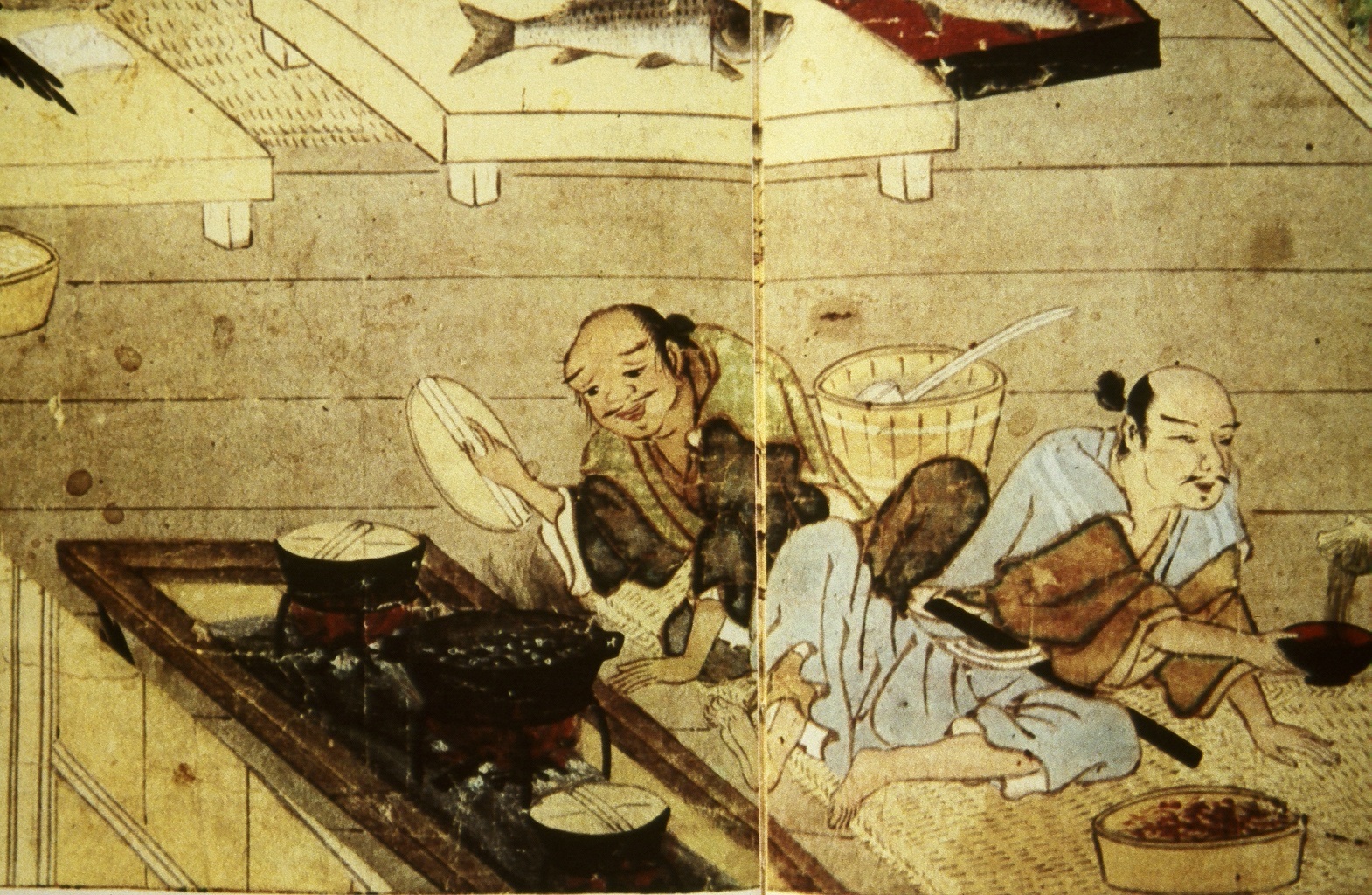
by Elizabeth Andoh | Jan 12, 2020 | Recipes, Winter
16th century scroll (Shuhanron Emaki) 酒飯論絵巻 落し蓋 Otoshi-Buta Dropped Lids Used in Japanese kitchens for centuries for preparing nimono (simmered dishes), otoshi-buta lids drop down to sit directly on the food, rather than on the rim of a pot. Fuel-efficient as they...
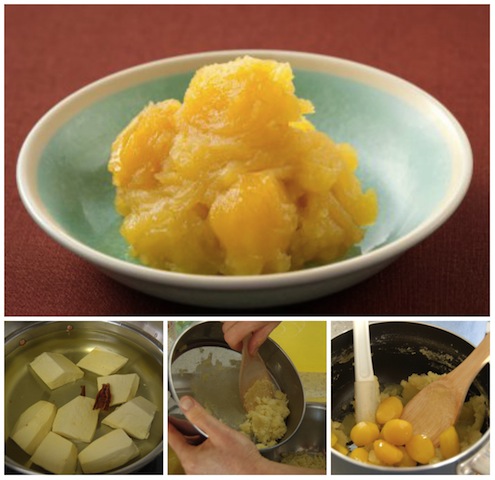
by Elizabeth Andoh | Dec 22, 2019 | Recipes, Winter
Kuri kinton sweet chestnuts in yam paste. KURI KINTON 栗金団 This traditional New Year’s sweet combines syrup-stewed chestnuts with a sweet paste made of mashed and sieved satsuma imo potato. The golden color of both the chestnuts and the potatoes are enhanced by...
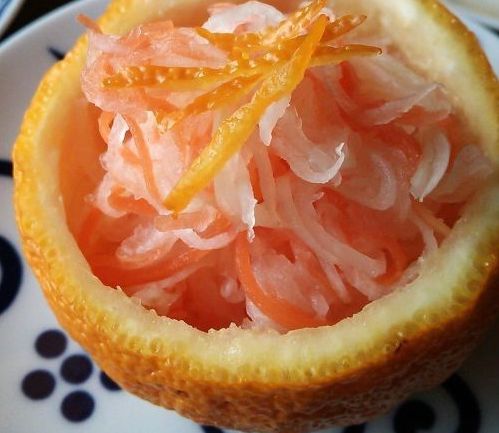
by Elizabeth Andoh | Dec 12, 2019 | Recipes, Winter
Classic KOHAKU NAMASU, “red and white salad” is made from finely shredded daikon and carrots. Fruit peel is added after the vegetables have been salt-wilted and rinsed. The mixture is marinated in sweet-and-sour sauce for several hours to several days. Yuzu peel is...
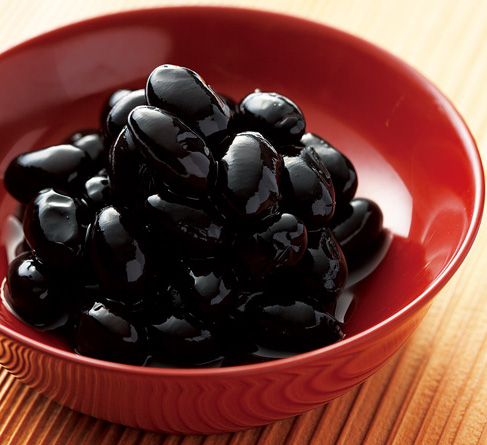
by Elizabeth Andoh | Dec 2, 2019 | Recipes, Winter
Glossy sugar-stewed black beans, a New Year’s treat. KURO MAMÉ black beans・earnest effort 黒豆・苦労+忠実 In the world of culinary endeavor, word-play can add a nuance of flavor to mealtime. Several of Japan’s osechi dishes served during the New Year holiday exemplify...
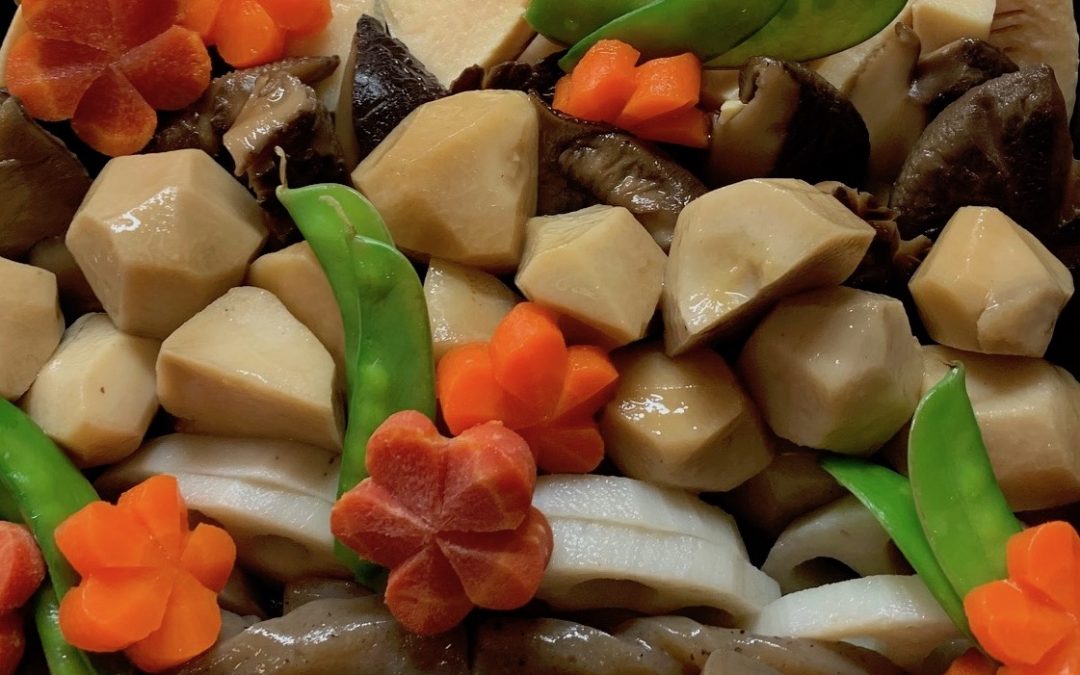
by Elizabeth Andoh | Nov 22, 2019 | Recipes, Winter
In the nishimé assortment pictured here, lotus root, carrots and country potatoes have been simmered Kansai-style while dried shiitaké mushrooms and konnyaku braids have been prepared Kanto-style. NISHIMÉ・煮染め Hundreds of variations on this classic soy-simmered dish...
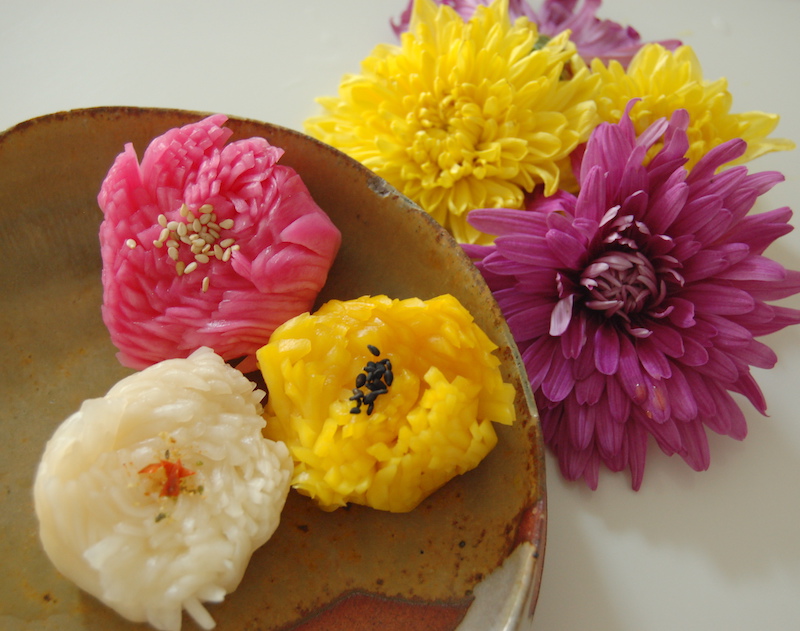
by Elizabeth Andoh | Nov 2, 2019 | Recipes, Winter
3-Colored Turnip Flowers 三色花蕪Sanshoku Hana Kabu Emblematic of Japan and its culture, chrysanthemums appear in many guises: as the exalted Imperial household crest (a special, layered 16-petal design), the “official” stamp of the Japanese government (passport cover),...







